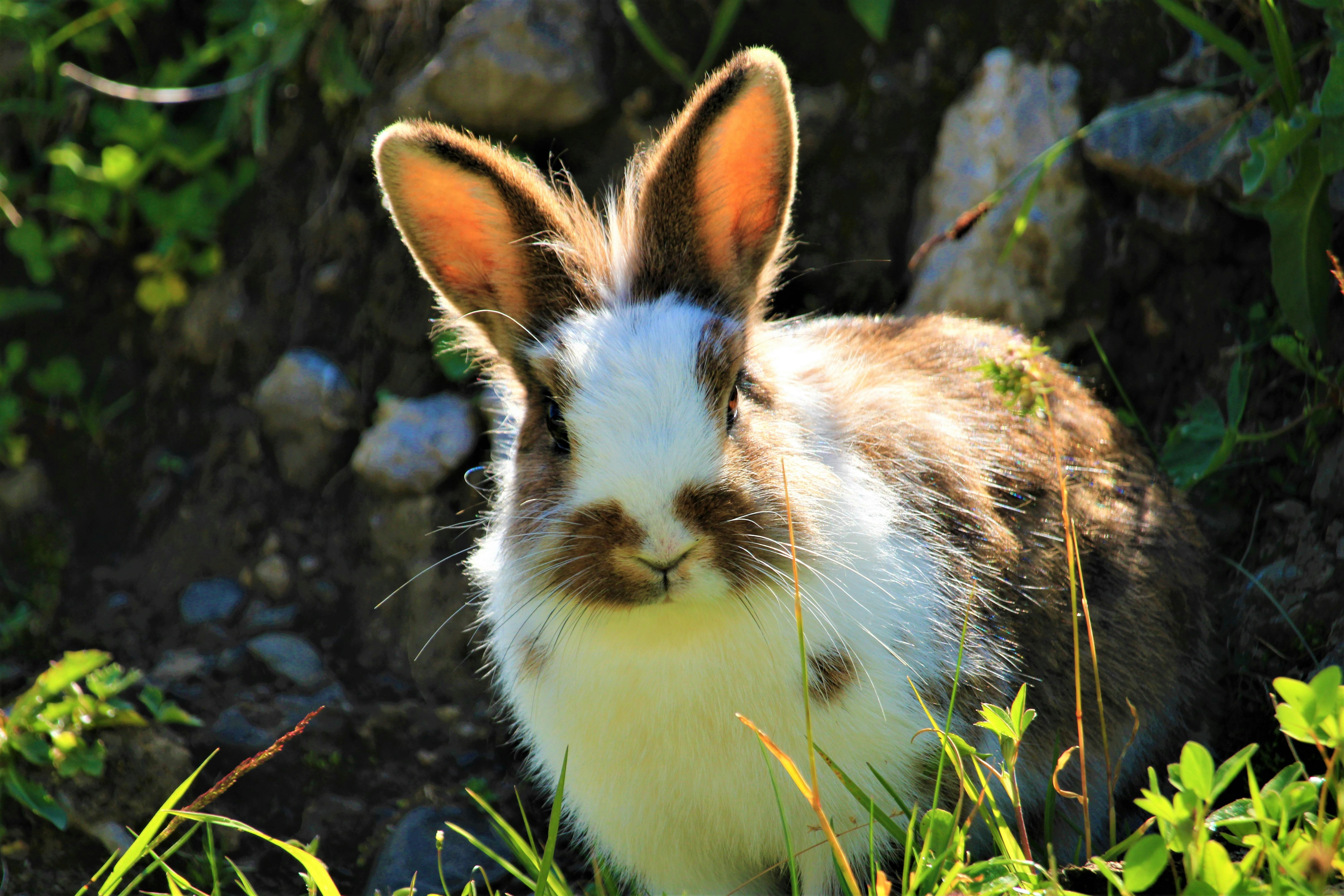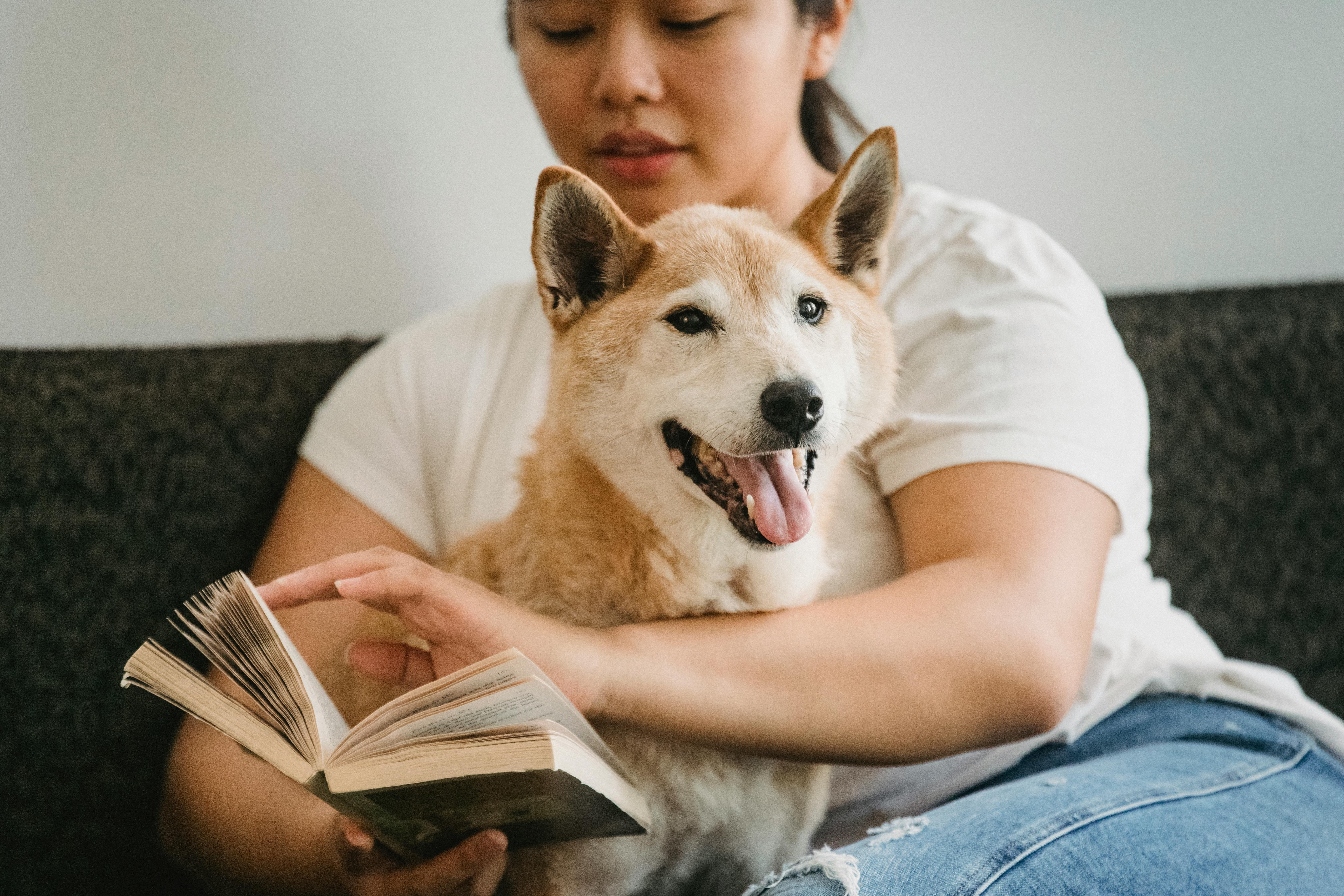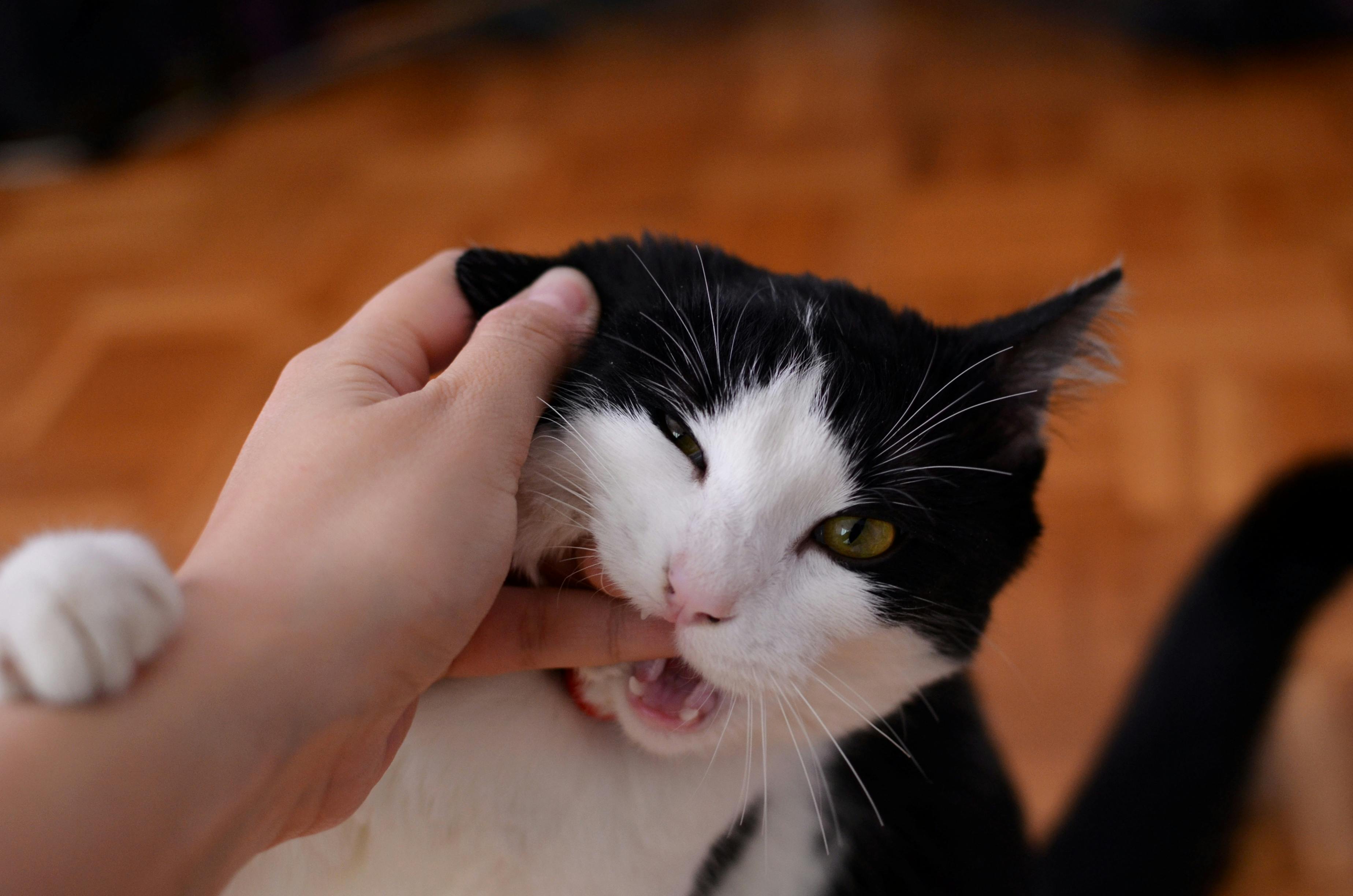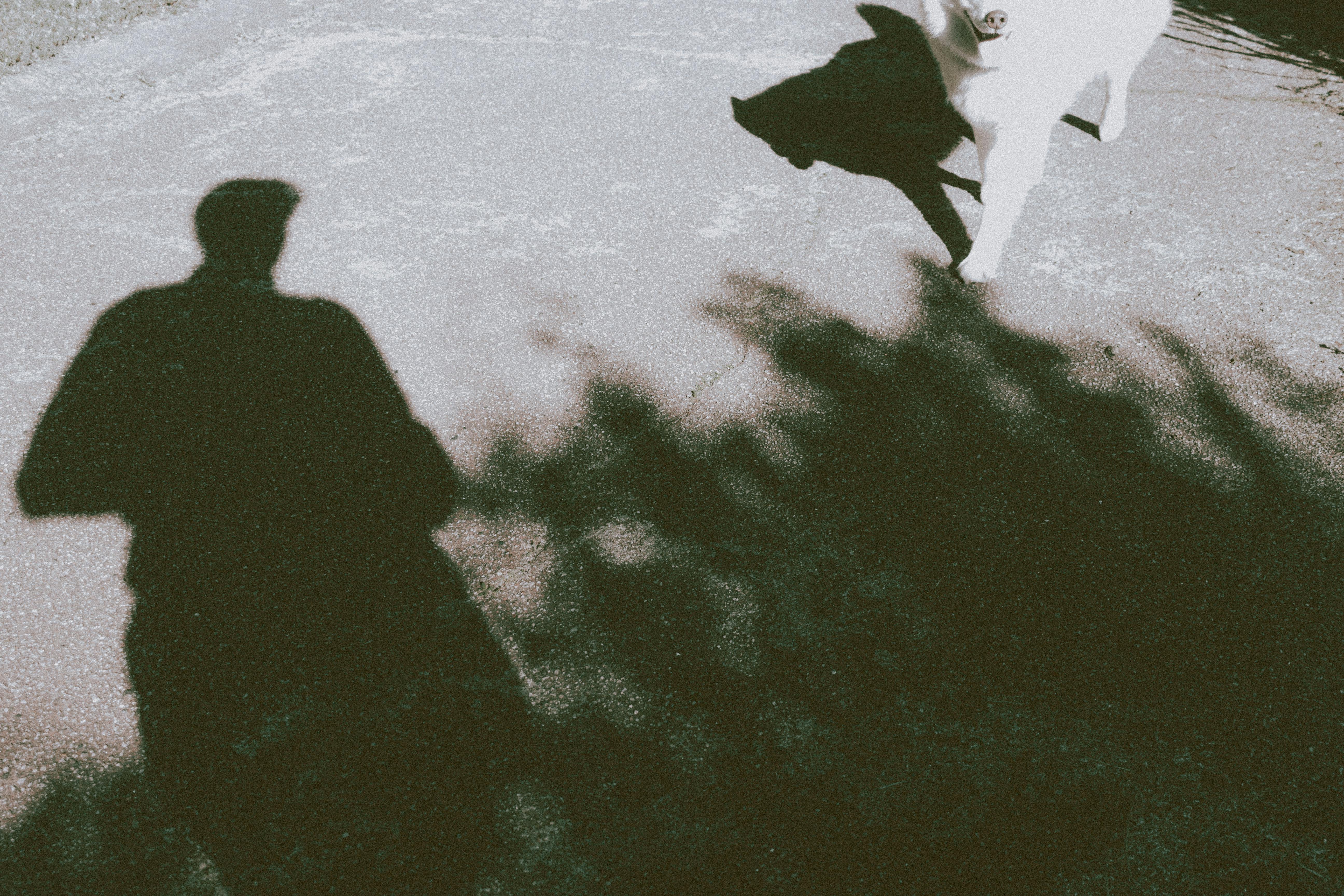Raising lovebirds is a fun experience and hobby for most bird keepers. If you are planning to breed lovebirds then you have two options, you can either breed them in small cages with individual pairs or you can put all your lovebirds in a single large cage or aviary and breed them collectively with several pairs and you can call this a colony environment for breeding lovebirds.
I have had lovebirds since my childhood when I was a school going kid. I first bought lovebirds when I was in 8th grade and they were a pair of Fischer’s lovebirds. I have the experience of keeping lovebirds both in single pairs in individual cages and in small colonies of four pairs. By far I can say that the breeding results I achieved in colonies were much better than in individual cages.
The results of rearing in individual cages, as well as in aviaries, depend mainly on the type of species you are rearing. The most common types of lovebirds, such as Fischer’s lovebirds, peach-faced lovebirds, and masked lovebirds, breed best when kept and raised in colonies. This refers to their natural instinct to reproduce in the wild and this behavior is replicated in captivity.
Other species of lovebirds, such as Madagascar lovebirds, which I don’t have experience breeding anyway, are better breeders when kept in individual pairs. Therefore, you need to be very sure what species of lovebird you want to keep and select the type of cage accordingly. Furthermore, the number of pairs you want to keep is also a determining factor in selecting the type of cage you should buy or build yourself.
I have the experience of raising lovebirds in different sizes of birds. The first colony I built for my Fischer’s lovebirds was a 4 foot square colony and I kept four breeding pairs in that cage. Breeding results were excellent with four pairs with each pair raising 4-5 chicks in each clutch. But that size of aviary had its disadvantages because it was difficult for me to inspect my birds because the height of the cage was too short.
I am now using 4’x6’x7′ tall aviary sizes with ten or more pairs in a single large flight. Large cage sizes with more birds give them the feeling of security and a stress free environment and the best breeding results you get. What I now realize is that the depth and height of the aviary is more important than the front of the colony. The deeper the cage, the more they focus on breeding.
The environment and location of the colony are very important to its long-term health and reproduction. Make sure the aviary is situated in a well-ventilated area where plenty of air is drawn in and out of the colony. Do not place your lovebird colony in a place where there is excess heat and direct sunlight on the aviary, especially in South Asian countries where summer is too hot.
The colony must be well covered with a roof so that rainwater does not enter their brood boxes or pots because there is a risk that the chicks will get wet with rainwater. The roof must be sloped so that rainwater does not accumulate on the top of the roof and consequently enters the cage. I have made water holes in the base of the colonies for water drainage in case rainwater gets inside the brood colonies from the sides.
Wire mesh with a gap of no more than 1/2 inch is ideal for lovebirds. The wire needs to be strong enough so lovebirds won’t cut through it and fly away because they have very strong beaks and can cut through wire that isn’t strong enough. Wire mesh is preferred to bars because they can easily climb on it. Darker colored cages provide a better view of the birds inside.
Be sure to build an aviary that is easy to clean. I have made double doors in all my colonies, the smallest one to place food and water dishes and the largest one is to clean the cage and inspect. Colonies with more birds should be cleaned frequently at least once a week so that no bacterial or viral infection develops in your birds.
I cover all my colonies with a green cloth so that direct sunlight cannot enter inside the colonies in the hot summer season. It also helps to lower the temperature in the surrounding areas of the colonies and protects my birds from extra heat during the day. It provides a greater sense of protection and security for my birds from predators like eagles and cats. It also protects the colonies from the winds and heavy rains.
The sticks that you place inside the cages should be of different sizes and shapes to keep their paws in good condition. The sticks should be considerably thick so that they can get a firm grip on them while sitting down. If you can, place natural tree branches in the aviary because they have different diameters and are good for your feet. They also provide a natural living environment for your lovebirds. Place food and water dishes away from perches so they don’t get contaminated by bird droppings.
The cage must be made of iron, steel or similar material and must not be made of soft wood. Lovebirds have very sharp beaks and have a habit of gnawing on anything that is inside the cage. They can easily chew through cages made of wood and similar materials and you risk having your birds chew through the cage and fly away in no time.
All my colonies I made with angle iron and with separate frames for each side. I fixed them with welding points which gives them extra strength and they do not move. All my cages are three sided wire mesh and one side is attached to the wall. I can easily separate the frames and move the cages to another location whenever I want. Also transporting the cage is easy because each frame is separate.
If you want to raise lovebirds in a colony, first decide the number of birds and the species of lovebirds you want to keep. Then select the cage size based on your specific requirements. And finally decide on the location of the colony so that your lovebirds can live happily and reproduce to their full potential.




